(Photos and text by Huang Tzu-ming/ tr. by Christopher MacDonald)
Rivers give life to the whole world and provide the source for human civilization. As civilization has advanced, however, the human race--like an unthankful wretch--has disowned its own progenitors, choking the rivers with pollution. Eventually people abandoned the foul, stinking waters altogether, and left the rivers to die. As the advanced nations of the world went through this process, they often found that the price paid for the death of a river far outweighs the benefits of economic growth. Today, we in Taiwan are pursuing that same disastrous course.
Although not distinguished for their size, Taiwan's rivers did at least once run with water that was clear, and like major rivers elsewhere they played a central part in daily life. People rose with the dawn and retired at dusk, relying on rivers to supply drinking water, facilitate transport and answer religious needs, and so there was a bond that tied society to the river. Nowadays, however, the rivers of Taiwan are badly polluted, and the modern way of life continues to draw us far from their banks.
(Huang Tzu-ming(
Born February 24, 1960 in Jenteh township, Tainan County.
Graduated from National Taiwan Academy of Arts in 1982.
Joined Harvard Management Services Inc. in 1985, as a magazine photographer.
Joined Independence Post Newspapers in January 1988 as a photojournalist.
Employed as a photojournalist at the China Times Express from February1988 to the present.
Awarded the Wu Shun-wen News Photography Prize in 1992.
Awarded the Photography Prize in the China Spirit News Awards in 1993.
Participated in "Looking at the Tanshui River," a photography event in1993.
[Picture Caption]
p.75
The Keelung area is known for its heavy rainfall--at one time recorded as the highest in the world--but a severe drought in 1993 almost drained the Keelung River's Hsinshan Reservoir. Engineers took the opportunity to undertake surveying, preparatory to raising the sides of the reservoir and increasing its capacity so as to meet increasing demand for water.
p.76
These aborigine boys moved with their parents to the banks of Pitan, from their original home in Taitung, and lived there for most of their childhood in an illegal shanty. When that was torn down they had to move again, but they still return frequently to play in Pitan's waters.
p.77
For years, scrap merchants have used the Erhjen River to clean waste metal, discharging their solvents into the water. The river, Taiwan's "most toxic," is already chock-full of dioxins, heavy metals and other pollutants, but still the contamination continues.
p.78
Local Buddhists along with members of the Red Lama sect, from India, pray for rain for the Feitsui Reservoir during a drought.
p.79
Torrential downpours during a typhoon caused the Keelung River to swell dramatically and flooded the areas of Minsheng, Mintsu and Minchuan Roads in Taipei. The floods spurred the City Government to boost the project for straightening the Keelung River.
p.80
The Tanshui Ferry used to be a vital transportation link, but with the spread of high ways and motor vehicles it has become a nostalgia trip for the public.
p.81
Wulai hot springs were already well-known during the period of Japanese occupation, and they still provide city-dwellers with a fine opportunity to enjoy warm bathing in the open air.
p.82
One of the Atayal people, who have long inhabited the Wulai area, examines his catch on a rock by the river. Fish catches, on which the Atayal have depended for centuries, are getting smaller and smaller as a result of over-development and over-fishing.
p.83
An important archaeological site, which represents the early cultural development of the Taipei basin, had to make way for the construction of a waste water processing plant. Archaeologists measure the skeletal remains of two plains aborigines from the Kaitakelan tribe before transferring them for preservation.
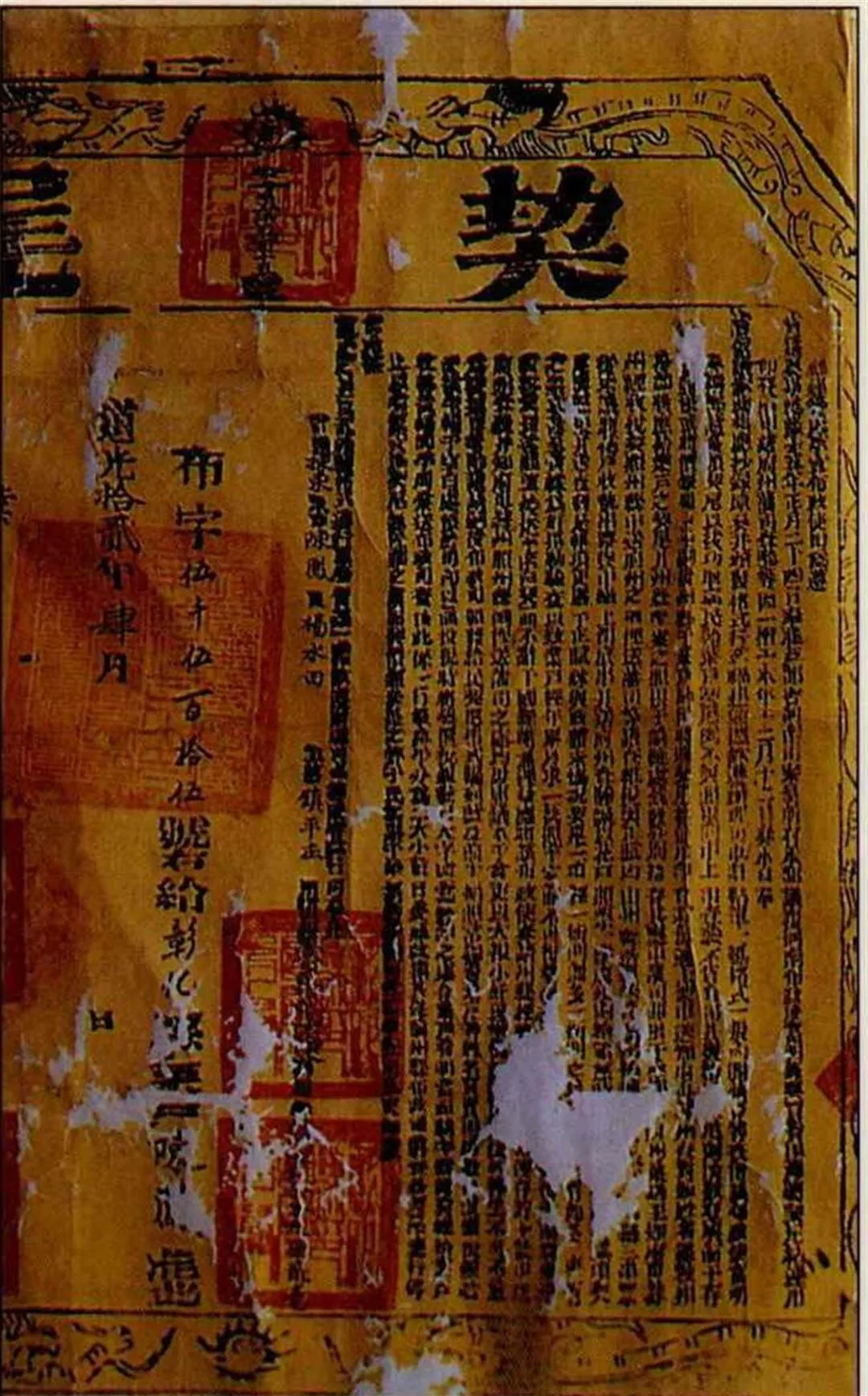
(Above) "Red contracts" such as this had been given the stamp of approval by officials. People often preferred to make private agreements, however, so as to evade levies or conduct illicit land transfers, on unmarked "white contracts." (courtesy of Chung Chin-shui)
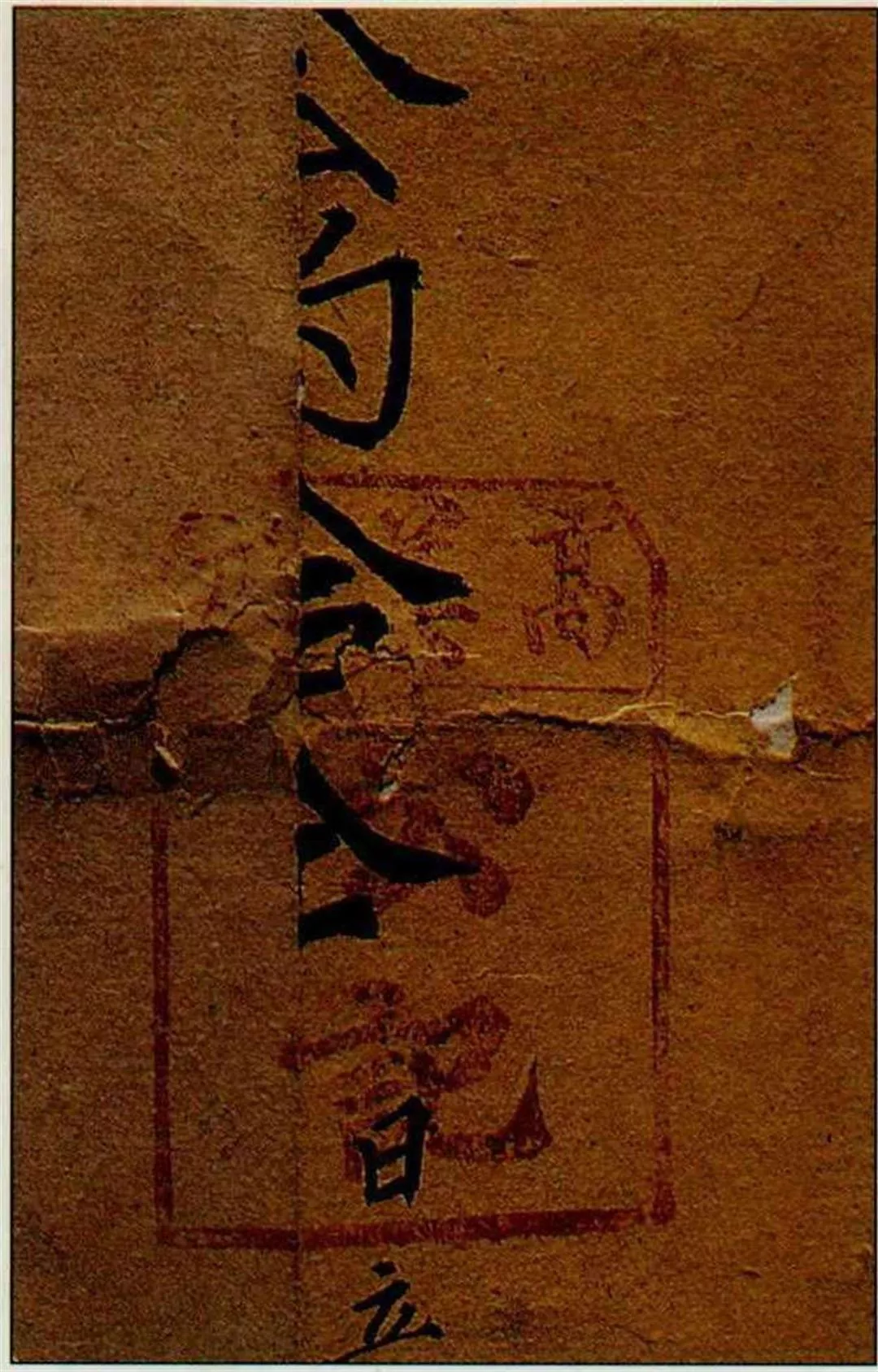
(Below) A contract: essentially a commitment between two or more parties. Hence the use of documents split along a column of writing, with each side retaining half.
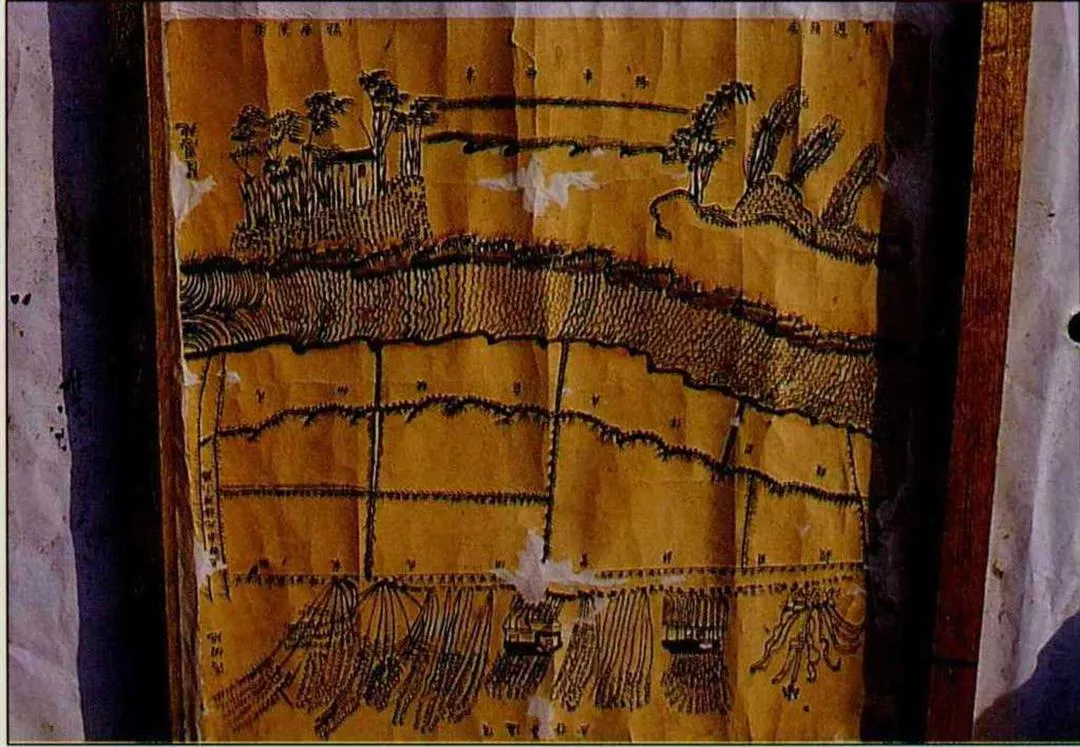
(Above) In an age without land surveying, it was usually trees or tracks that formed a natural boundary. Special maps were often drawn to specify the precise location of a particular plot of land. (courtesy of Chung Chin-shui)
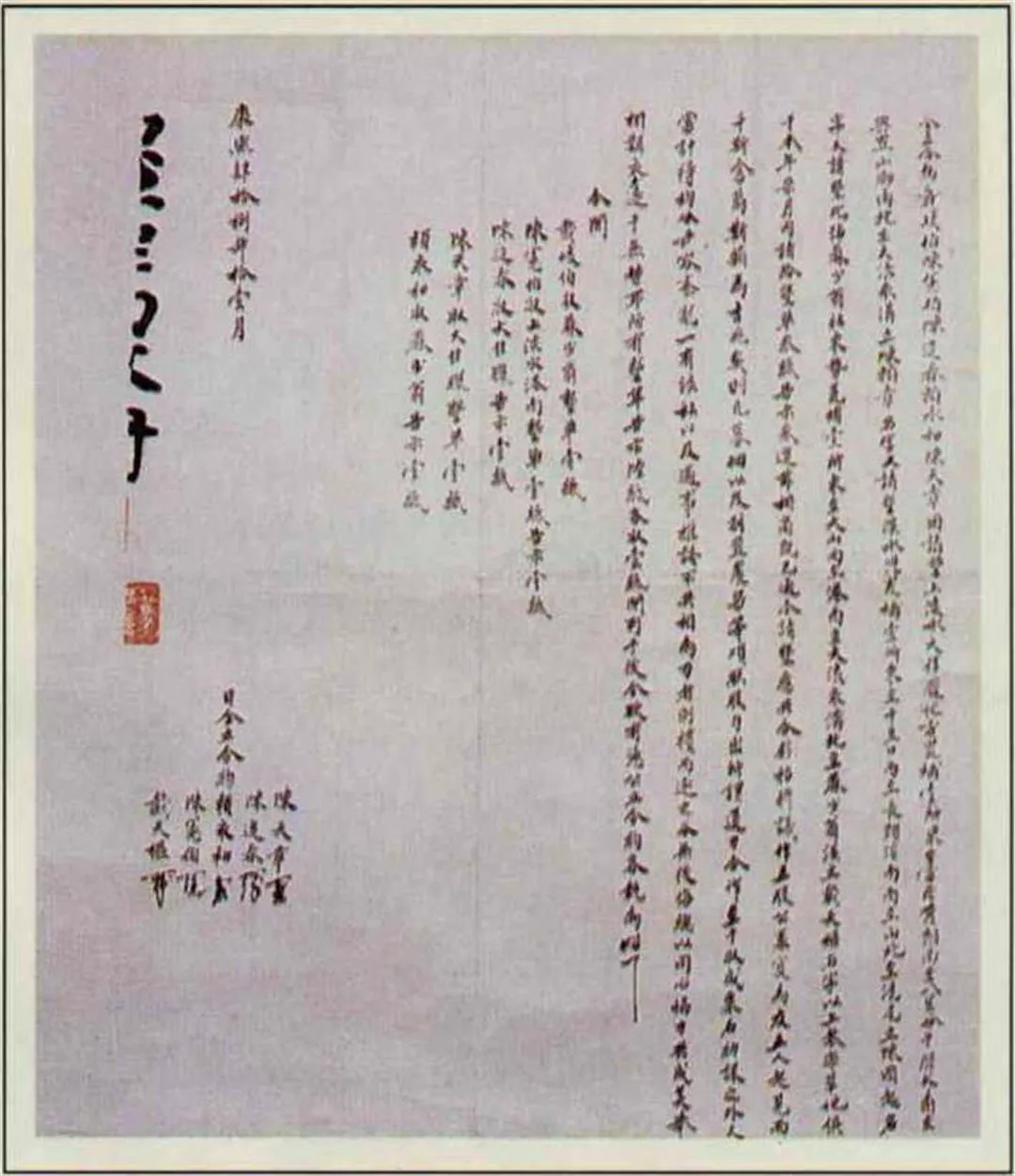
(Below) Taiwan's oldest known contract has unravelled many mysteries about the agricultural development of northern Taiwan. (courtesy of Chang Fu-lu)
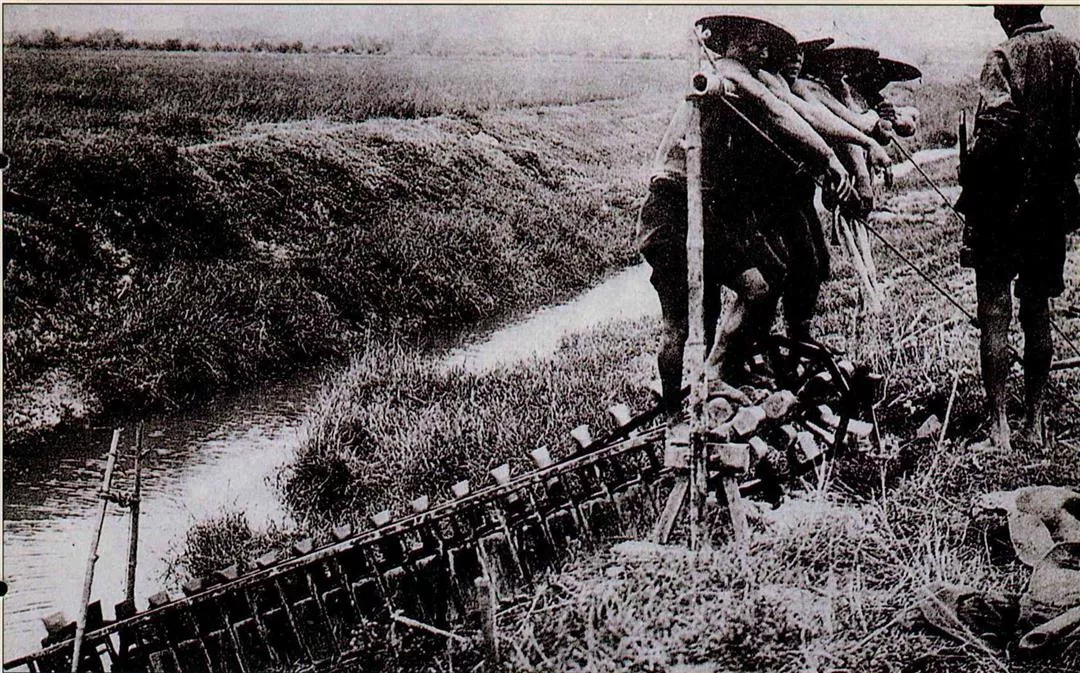
Cultivating unused land and laying irrigation. The development of Taiwan's lands is fully portrayed in the old contracts. (courtesy of Hsiung Shih Arts Monthly)
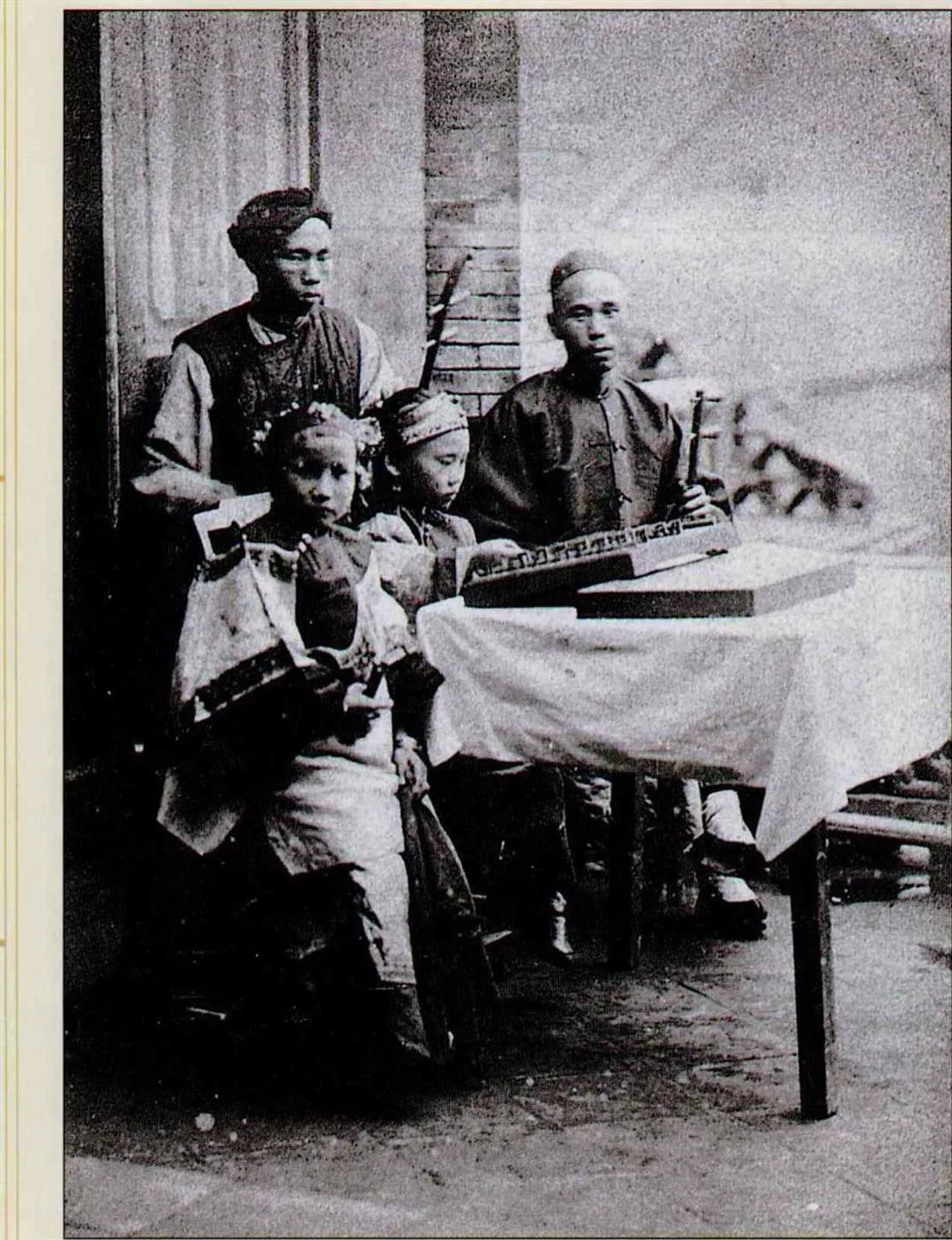
In former times people could be bought and sold too. The children of the poor, for example, might be sold as geishas. (courtesy of Hsiung Shih Arts Monthly)
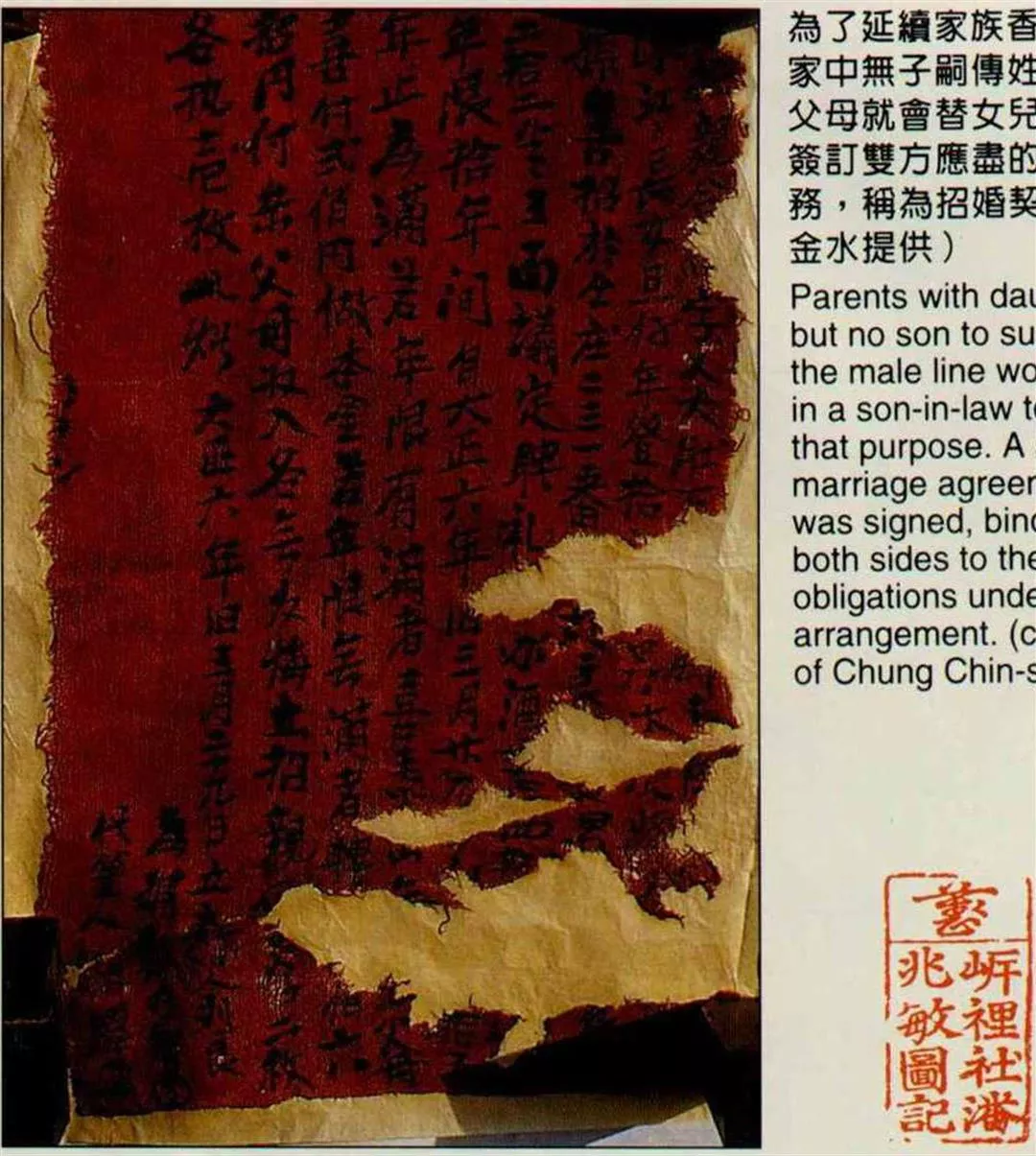
Parents with daughters but no son to sustain the male line would buy in a son-in-law to effect that purpose. A special marriage agreement was signed, binding both sides to their obligations under the arrangement. (courtesy of Chung Chin-shui)